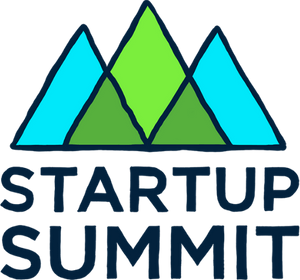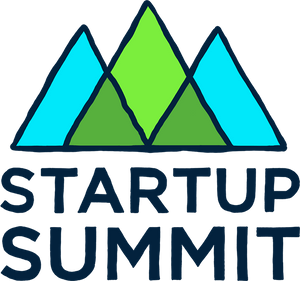In the latest of our guest blog series, #SUS20 Exhibitors, Paul Osborn from Startup Circle shares his story of starting a business and how the lean startup process could help you do the same!
How To Start A Business
Don’t do what I did. Use Lean Startup instead.
The first time I was made redundant was at the end of 2003. I was 35, working as a Product Manager at Thomson Financial. After sending out a few hundred resumes and getting nowhere, I decided to found my first tech startup, based on the (now discontinued) idea for a research-publishing platform that I had been working on at Thomson.
I had all the knowledge and insider information to create this ‘much needed’ product.
How I Built the Business
Over the next 18 months I spent over $200,000 of my own money. At one point I had a team of 6 working for me with a monthly run-rate of over $16,000. The finished product was actually amazingly good, but we just couldn’t sell it. We tried everything we could think of – including partnerships, free and freemium models, and direct sales, but nothing worked.
My first major partnership was with Bloomberg, who were developing an XML feed. I invited the two Bloomberg product managers from NY and London to lunch (a barbecue in my back yard in Boston). I would both help their business analysts design their XML model, and then I would include support for it in my product. In return they would promote my product to their research contributors. I ended up giving them a month or so of free consulting to get the feed working, and probably three or four weeks of development time (i.e $12-16,000) on creating and testing the feed. We got a few trials out of this, but we only managed to convert a few paying customers, paying just a couple of hundred dollars a month.
My second partnership was with Factset. They did not have a submission platform of their own so I worked with them to develop a feed to their system from my application. In return, they agreed to promote the application to their researchers. We got many more firms using our platform, but the relationship with Factset precluded our ability to charge. As soon as we moved to a paid model, Factset pulled their support.
As the commercial model collapsed around us, in order to save costs I moved our servers from a commercial datacenter into my basement, but even then it was too much. I finally closed the company in June 2008, after burning through almost half a million dollars with expenses and living costs.
What went wrong?
In hindsight, I did everything wrong.
- I spent too much money to build the perfect solution, and I did that way before I knew I could sell it to anyone.
- Because I had a large investment portfolio from my time as a stock market analyst, I was able to keep spending long past the point where it made sense to do so.
- The partnerships I formed were not partnerships. Large companies only help themselves. There was no financial basis for any of them, and no path to profit for me. I was taken advantage of as a result.
- The customer research I did was only around functionality. At no point did I really ask what, if anything, customers would actually pay.
- The alternatives to my product took a little bit of additional time, but they were free. I just wasn’t adding enough value to overcome that – not because my software wasn’t good, but because the problem wasn’t worth solving.
What I Should Have Done?
Lean Startup is a different approach to starting a business. Using a mini business plan known as a Lean Canvas, the company is built incrementally, one customer at a time. Small experiments - radical innovations - are continuously performed until both a problem worth solving, and a customer segment that is willing to pay, are identified. Only then do you build out the product, and only when you have established a predictable growth, do you scale it.
Looking at my failed business from 2003 through a Lean Startup lens I can now see quite clearly where I went wrong:
- As a Product Manager, I had a huge case of Innovator’s Bias. I had fallen in love with my solution. This is expected of you as a Product Manager in a large, infinitely-resourced multi-national, but it is fatal in a startup. I knew exactly what I wanted to build, so I built it, regardless of whether anyone would pay for it.
- In the face of low conversion rates, I fell for the myth that if I just added this one more feature, then customers would have to come. I was looking for the magic key or hook. Needless to say my ‘partners’ were happy to play into this, requesting additional features that didn’t cost them a penny. Under Lean Startup, if your customers aren't willing to pay, you either find another problem to solve, or you find another set of customers who are willing to pay. There should be no free rides.
- I built my product at scale before I even got my first customer, with backup redundancy, in an expensive datacenter. With a Lean Startup process, you start small, with a small set of early adopters. Only later do you consider scaling, and only then as revenue justifies doing so. The product that satisfies your first few customers may need to be completely rethought to reach the wider market, so scaling too early can be disastrous.
Is Lean Startup For You?
Lean Startup is not that difficult, but it takes discipline , and experience helps. We created the Startup Circle to help people start a business without falling victim to sloppy and wishful thinking as I did, or at least, to not lose their shirt in the process.
Got questions for Paul from Startup Circle on how they can help your startup grow? Find them in the #SUS20 exhibitor marketplace on October 28th & 29th 2020!

